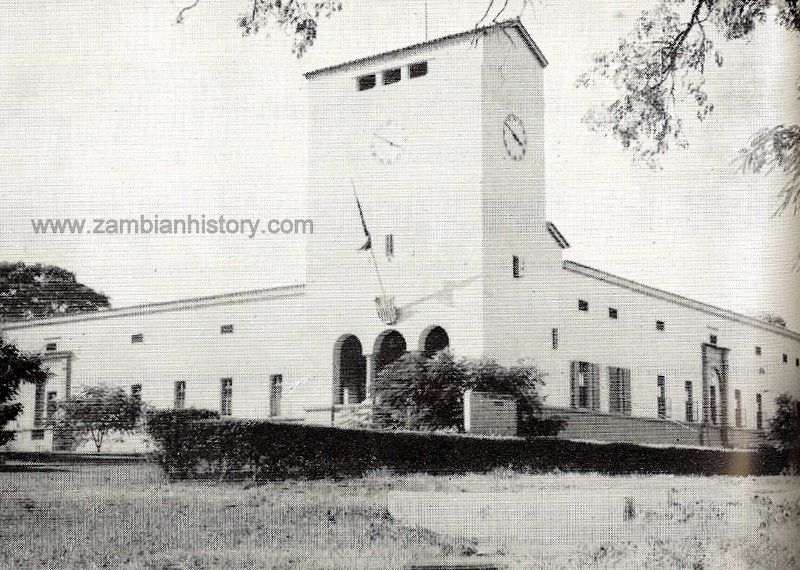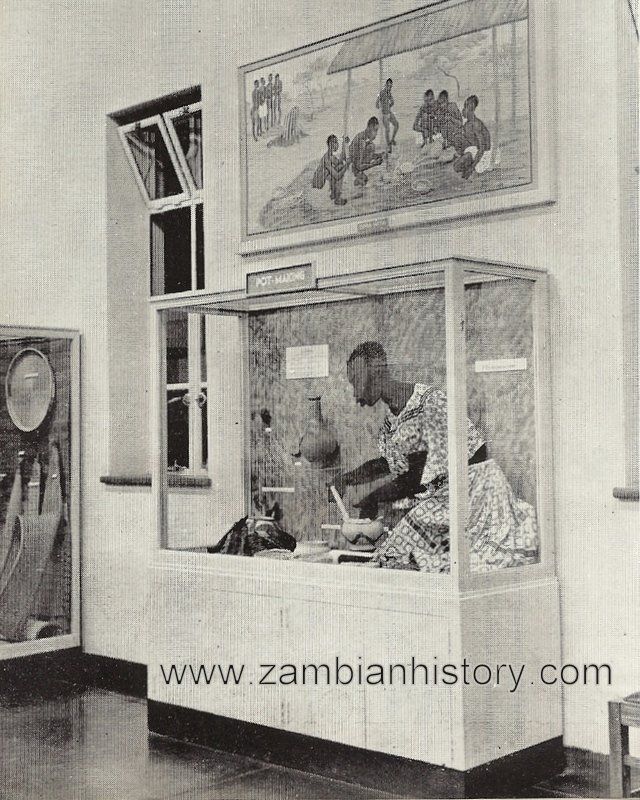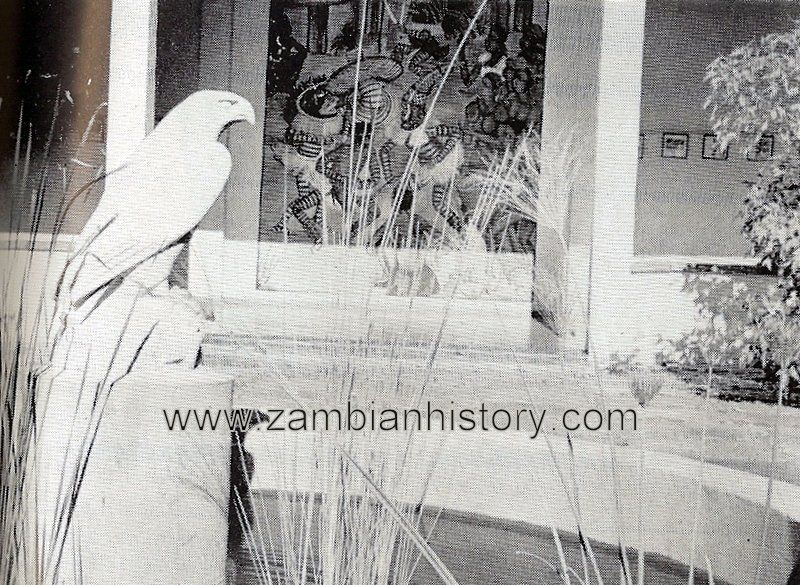What is the Broken Hill skull?
For More information click below:
Click below on Button:
Bone tools from Broken Hill (Kabwe) cave, Zambia, and their evolutionary significance
Shaped bone tools are now recognised as part of the technological repertoire of some Middle Stone Age hunter-gatherers in southern Africa. Currently accepted dates for the earliest bone working technology in the region range from ~70-90 ka. This study re-examines three bone objects from the site of Broken Hill (Kabwe), Zambia, that were described in the 1940s as formal bone tools. Broken Hill is well known for its fossils of Homo heidelbergensis, a species not previously associated with bone working, and less well known for its small sample of early Middle Stone Age lithic artefacts. The claim for bone tools at Broken Hill takes on added significance in light of new dates from south-central Africa which place the development of composite stone tool technology (Mode 3) in the later Middle Pleistocene (~300 ka). If these bone objects are indeed tools and associated with the hominid use of the cave, they may be the oldest evidence of bone tool working in the archaeological record. The results are reported of scanning electron microscopy of the surfaces of each putative tool and implications are drawn for the behavioural evolution of H heidelbergensis.
Dating the skull from Broken Hill, Zambia, and its position in human evolution
The cranium from Broken Hill (Kabwe) was recovered from cave deposits in 1921, during metal ore mining in what is now Zambia. It is one of the best-preserved skulls of a fossil hominin, and was initially designated as the type specimen of Homo rhodesiensis, but recently it has often been included in the taxon Homo heidelbergensis. However, the original site has since been completely quarried away, and—although the cranium is often estimated to be around 500thousand years old—its unsystematic recovery impedes its accurate dating and placement in human evolution. Here we carried out analyses directly on the skull and found a best age estimate of 299±25 thousand years (mean±2σ). The result suggests that later Middle Pleistocene Africa contained multiple contemporaneous hominin lineages (that is, Homo sapiens8,9, H. heidelbergensis/H. rhodesiensis and Homo naledi10,11), similar to Eurasia, where Homo neanderthalensis, the Denisovans, Homo resiensis, Homo luzonensis and perhaps also Homo heidelbergensis and Homo erectus12 were found contemporaneously. The age estimate also raises further questions about the mode of evolution of H. sapiens in Africa and whether H. heidelbergensis/H. rhodesiensis was a direct ancestor of our species.
Life and Letters of Livingstone - National Museum
The Rhodesian and Central African Annual 1954
Northern Rhodesia's National Museum was founded by the then Governor of Northern Rhodesia, Sir Hubert Young in 1936, and it was planned to make it a memorial to the two men who did most for Central Africa and whom we commemorate in the name of the museum.
Two years before that the Government had included £200 in the estimates for the purchase of native arts and crafts, mainly it is thought, to ensure that some good pieces remained in the country when so much had already been taken out of it. Collecting started only just in time and although we have been collecting assiduously ever since, some of our best material was obtained in the early years. This early specialisation in the collecting of human handicrafts together with our other aim, that of collecting relics and documents connected with Livingstone and Rhodes, set the pattern for the Museum's future development and when it was incorporated with the Rhodes-Livingstone Institute, also founded by Sir Hubert Young, to undertake social research in the British Central African territories, the immediate development policy was set. This was simply to specialise in the collection of material relating to the origins and development of Man in Northern Rhodesia and thus to reveal as much as we are able of the history and culture of the various peoples who have inhabited the country from the first beginnings, approximately half a million years ago, to the present day.
To read more, please click on the link below:
The Enigma of Prehistoric Skulls with Bullet-Like Holes
Nearly one century ago, a Swiss miner was searching for metal ore deposits in the limestone caves of Kabwe, Zambia, when he found a prehistoric skull that dated back between 125,000 and 300,000 years. It was the first fossil to be discovered in Africa with Homo sapiens characteristics.
But there was an even bigger surprise. The prehistoric skull had a small, circular shaped hole on the side, which forensic scientists say could only have been created by an extremely high-velocity projectile, such as that caused by a bullet. The mystery was compounded by the discovery of an ancient auroch skull with exactly the same feature. The discoveries have led to many wild and wonderful speculations, but we are really no closer to solving the puzzle.
https://www.ancient-origins.net/unexplained-phenomena/prehistoric-skulls-001979




